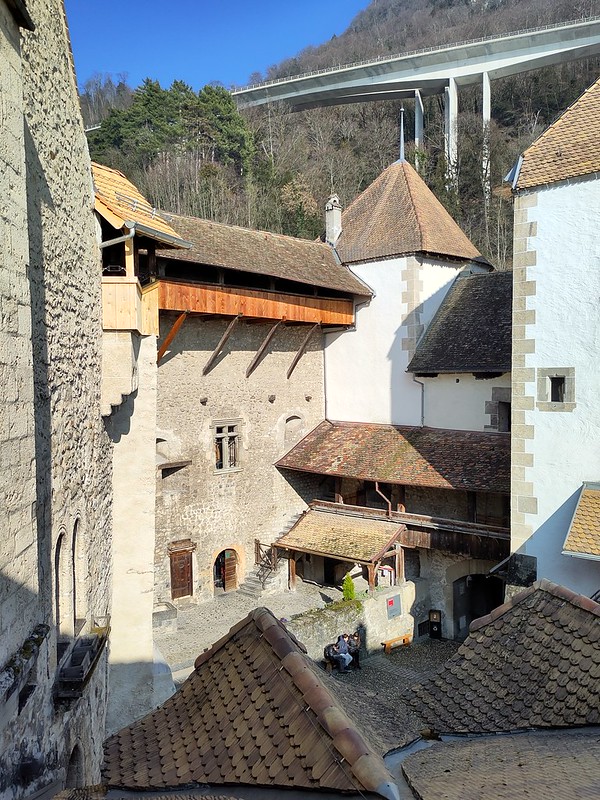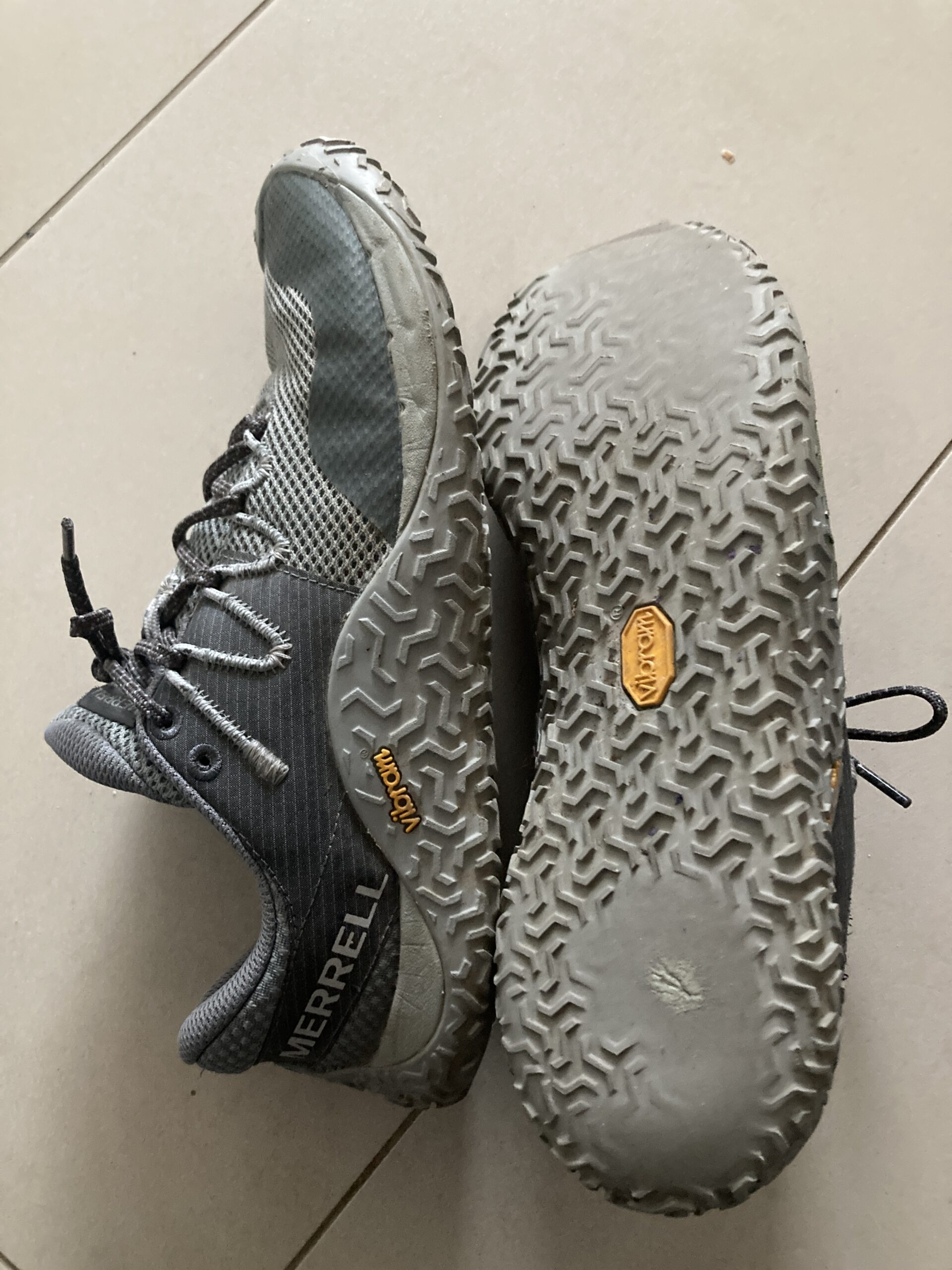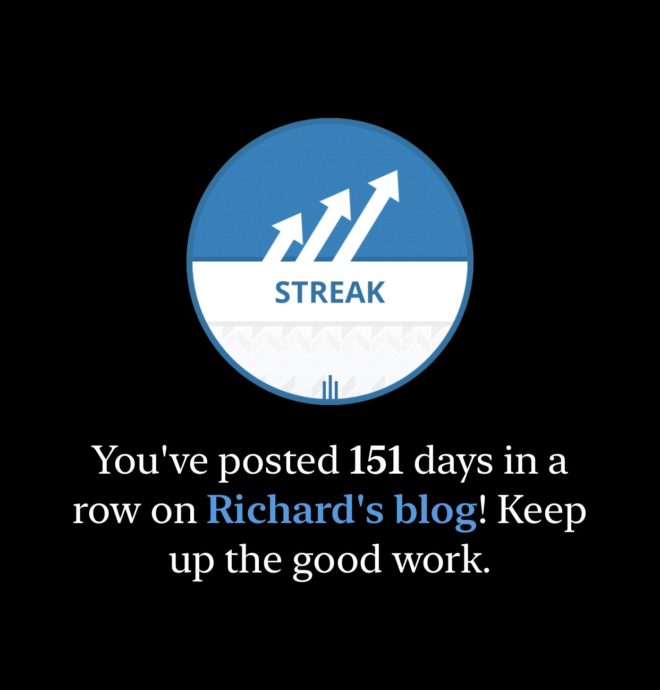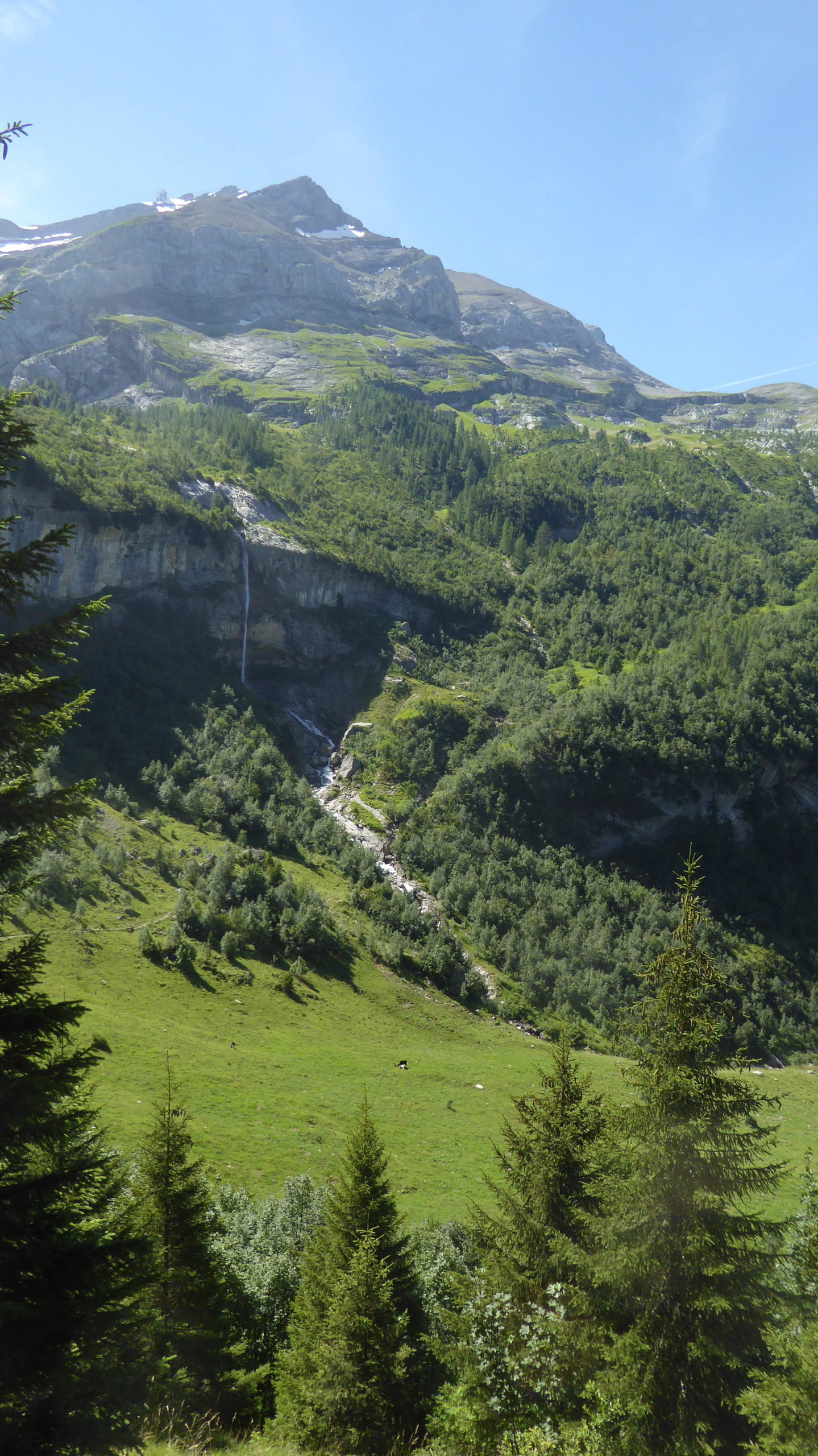Tag: habits
-

Walking with Others
Reading Time: 2 minutesYesterday I walked from Vevey to villeneuve with a stop in the castle for a visit before taking the train home. In the process we walked about fifteen kilometres along the lake. This was an easy pace for me. It was slow enough for my heart rate to be at seventy eight…
-

The Morning Afternoon Run
Reading Time: 2 minutesYesterday or recently I had a discussion about running. The discussion was about whether I have a favourite time of day to run and whether I can eat before a run and still run. The answer is that I’m flexible in the time at which I run. I can run as easily…
-

A Walking Decline in the US Since 2019
Reading Time: 5 minutesAccording to streetlight data walking in the US has declined over the past three or four years. The decline was by up to thirty six percent from 2019-2022. The clearest reason for this is that 2019 and 2020 were walking honeymoon periods. By this I mean that for the duration of lock…
-

Running Again
Reading Time: 2 minutesAt the start of this year I started running again. This wasn’t a new year’s resolution. I just decided that I wanted to start running, so I did. For five years I have been walking around in circles. Some take me above the A1 motorway and others take me below it. The…
-

Blogging One Hundred And Fifty-Two Days In A Row
Reading Time: 2 minutesBlogging one hundred and fifty-two days in a row is an interesting challenge. It encourages you to think of something daily, for months in a row. It also forces you to have the discipline to sit and attempt to write for one or two hours a day, whether inspiration is there or…
-

Holidays Break Streaks
Reading Time: 2 minutesToday is a rainy day so I have less of interest to write about. The rain fell this morning. It continued until this afternoon. Rain is an excuse not to go for a daily walk. It is an opportunity for a rest day. Yesterday my 770 plus day streak on Duolingo was…
-
An academic fox for university
Reading Time: 2 minutesWhen you’re s student normal clocks no longer have any relevance to the way you live your life. Sometimes you go to sleep three hours after the sun rose and other times you have a nap at three in the afternoon. Occasionally you sleep from ten at night till 6 am. That’s…
